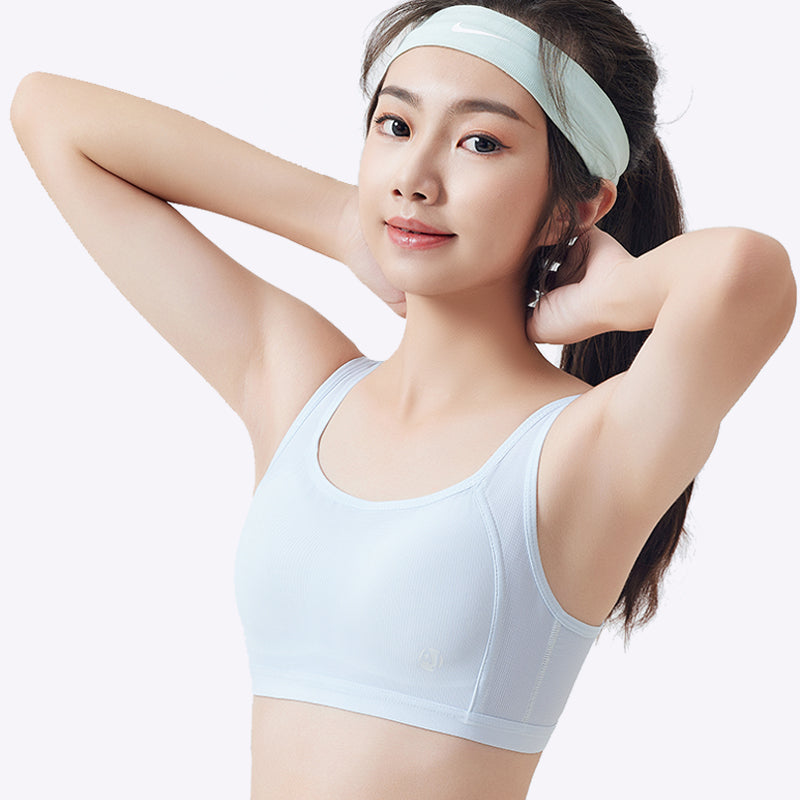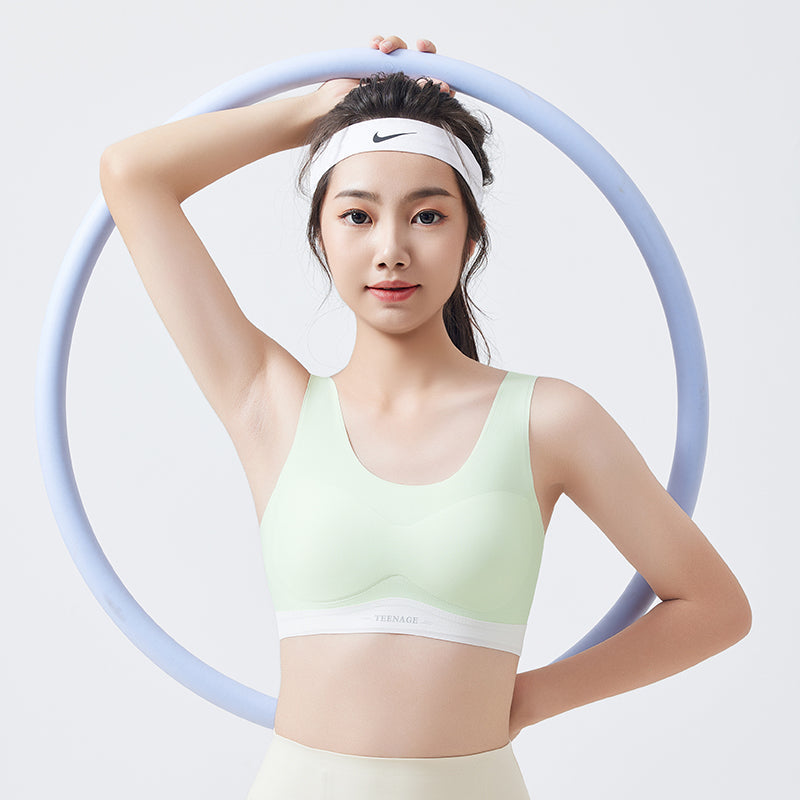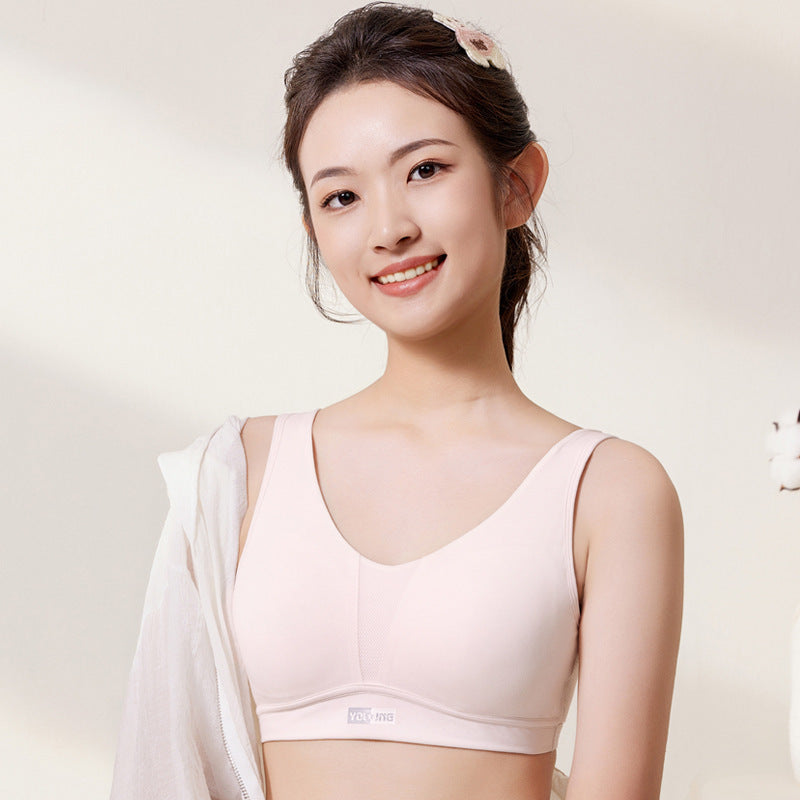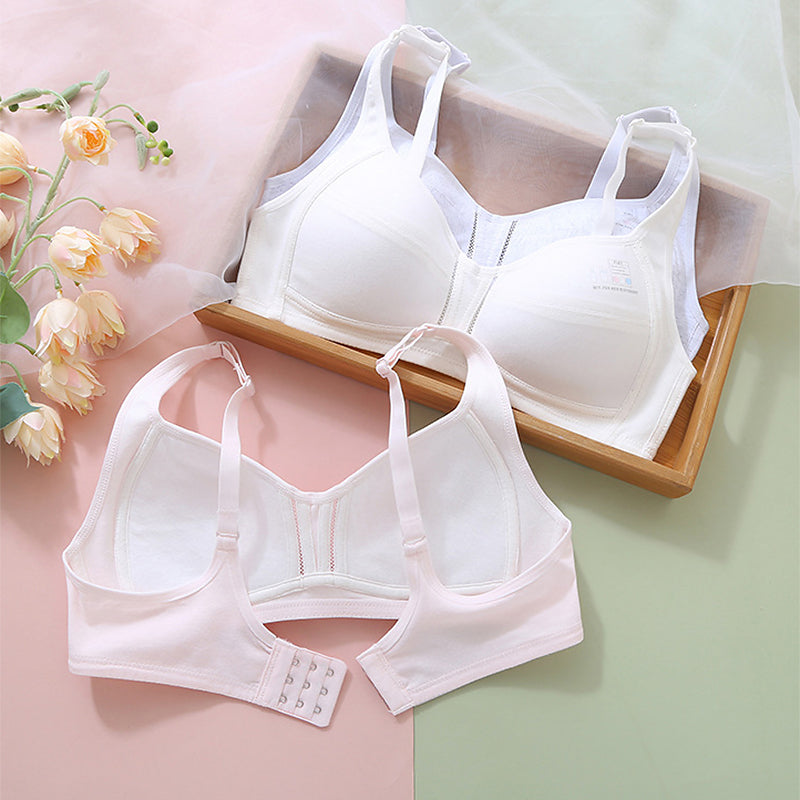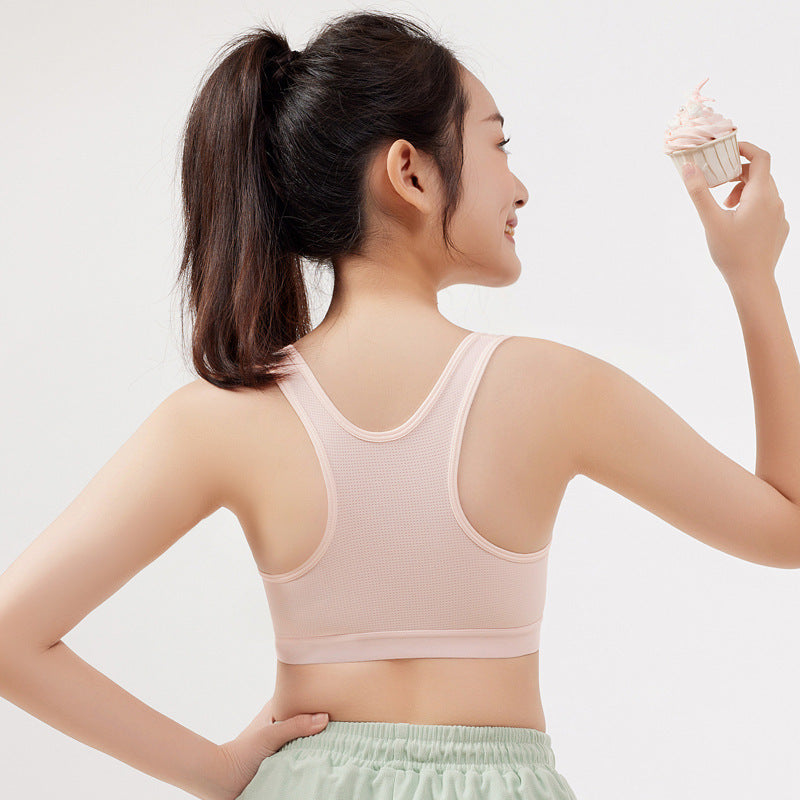Understanding Stages: Why Teen Growth Matters—and How to Choose Underwear That Keeps Up
Adolescence is a season of constant change. Bodies grow, routines shift, and what felt “fine” last term may feel distracting today. When it comes to underwear—the layer that sits closest to the skin—small differences in fit, fabric, and construction can have an outsize impact on comfort and confidence. That’s why Melissa uses a stage-based approach to choice and sizing: instead of forcing girls into adult categories too soon, we map options to how their bodies and daily routines actually evolve.
Across our store and size guide, you’ll see three clear stages—First Bloom (Early Development), Growing Grace (Mid Development), and Confident Bloom (Late Development)—so families and retailers can navigate by need, not guesswork. These stages are visible in our navigation and collection copy, and are also referenced in our sizing guidance.
Why “stage-based” beats “one-size-fits-all”:
1) Growth isn’t linear
Height, shape, and muscle tone change at different paces. Two classmates can share a uniform size but need different underwear support. A stage lens makes room for that reality by offering light → moderate → slightly structured support without jumping to adult designs prematurely.
2) Comfort supports confidence
If straps slip in PE or a band digs during class, she notices—often silently. A correctly staged piece sits flat, moves with her, and disappears into the day. Comfort frees up attention for study, sport, and friends.
3) Respectful, age-appropriate design
Stage-based styles focus on breathable fabrics, gentle construction, and smooth coverage—prioritizing function and well-being over fashion shortcuts. It’s a practical way to give girls what they need now, while keeping choices simple and dignified.
The three stages at a glance:
Melissa organizes its offering into three developmental stages to reflect evolving needs from childhood through late teens. You’ll see these stage names across the site (“Shop by Stage”) and in the size/fit guidance.
First Bloom (Early Development)
Designed for first-time wearers. Expect ultra-light coverage, soft bands, and breathable fabric that feel almost “not there.” This is for the moment when she wants smoother lines under a T-shirt or uniform without added structure.
Growing Grace (Mid Development)
Adds a touch more stability while staying soft and flexible. Great for school days, light sport, and long wear when she wants a more stay-put feel with minimal adjustment.
Confident Bloom (Late Development)
A slightly more structured feel while remaining smooth and breathable—ideal for older teens or anyone who prefers a polished, stable profile under fitted tops or long days with lots of movement.
Some pages also present typical age bands to help sanity-check a choice (e.g., “First Bloom 6–11, Growing Grace 11–15, Confident Bloom 15–18+”), but stages are guidance, not rules; comfort and activity level should lead the decision.
What actually changes for teens (and why underwear should follow):
Body mechanics
As posture, ribcage expansion, and shoulder width change, strap geometry and band elasticity matter more. Early-stage bands should hug without squeezing; mid-stage pieces add hold for movement; late-stage designs keep lines smooth without stiffness.
Skin & climate
Hormonal shifts can make skin more reactive. Breathable, soft-touch materials help reduce irritation in warm classrooms or during after-school activities. Fabric choice—cotton blends, Modal, TENCEL™ Lyocell, or quick-dry synthetics—matters when pieces are worn for many hours.
Routines & confidence
More PE? Commuting? Clubs? Exams? A stage system lets families match underwear to real life. If the day is busy, a slightly firmer band or closer strap placement can reduce mid-day readjustment and improve focus.
How stages interact with sizing (the practical part):
Melissa’s size guidance starts with underbust for bras/tops (plus waist/hips for bottoms/sets). Once you have a tape measurement, you map to a band and then choose the stage that fits her lifestyle. The sizing page explains how to measure and interpret the charts so families from different regions (cm/inches) can land on the same result.
Between sizes? Choose the larger band for comfort; adjust straps evenly. If she’s doing more sport, you can stay in the same stage but pick a style with a slightly firmer band or closer straps.
Re-check regularly. After growth spurts or routine changes, re-measure the underbust and reassess the stage. A simple seasonal check keeps comfort consistent.
A quick decision framework for families
- Start with feel: Is she new to underwear, or has she outgrown “feels-like-nothing” pieces?
- Check the day: Lots of movement (PE, clubs), or mostly classes and reading?
- Measure once: Underbust in cm; compare to the chart.
- Pick the stage: First Bloom for ultra-light comfort; Growing Grace for stay-put days; Confident Bloom for a refined, stable feel.
- Wear-test: Reach, twist, breathe—if she forgets she’s wearing it, it’s right.
How retailers and schools can use stages:
- Merchandise by stage. Grouping First Bloom / Growing Grace / Confident Bloom helps families self-select before asking for help—faster decisions, fewer returns. The stage framework is reflected across your site structure, so it’s natural to mirror it on the shop floor.
- Train with a “stage card.” One small card outlining the stages, typical use-cases, and how to measure underbust is often enough for staff to guide confidently.
- Build size curves by stage. Stock more ultra-light sizes for First Bloom near back-to-school; hold a steady core of Growing Grace for PE seasons; keep a concise Confident Bloom rail for older teens who prefer structure.
Common scenarios (and what to choose):
1) New to first bras, uniform-heavy week
She wants smoother coverage under polos but says anything “tight” is a no. Start with First Bloom in the charted band. If she later wants fewer strap readjustments on PE days, try a different cut within the same stage.
2) Very active after school
She’s measuring squarely in her current band but keeps nudging straps while running. Growing Grace in the same band often solves this with a touch more hold and strap stability.
3) Older teen, fitted tops, long days
She wants a clean outline and less movement from morning to evening. Confident Bloom provides a smooth, stable profile while staying breathable.
Fabric, comfort, and the role of care:
Stage selection sets the feel; materials + care keep it going. Breathable cotton blends, Modal, or lyocell keep skin happier across long days; mesh laundry bags, cool water, and air-drying preserve softness and elasticity. Your Care & Material guidance reinforces these basics so families can extend garment life with simple habits. (Link this blog to your Care page for cross-support.)
Respectful language and shared decision-making:
Many teens appreciate having a say. Consider framing choices around comfort and activity (“What feels best for PE?” “Do straps stay put at your desk?”) rather than ages or milestones. The stage names themselves—First Bloom, Growing Grace, Confident Bloom—are designed to be encouraging and non-medical, making conversations easier at home and in stores. You already use these names across your site and collections, which helps normalize the vocabulary for families browsing online.
Where stages appear on the site (so readers can click through):
- Shop by Stage: Prominent navigation to First Bloom, Growing Grace, and Confident Bloom.
- Teen & Girls Collection: Copy that explains the stage logic in plain English and (optionally) mentions typical age bands to orient new shoppers.
- Sizing Guide: How to measure (underbust/waist/hips) and choose a stage based on comfort and routine.
FAQ: Quick answers for families:
Is there a “right age” for a first bra?
No single age fits everyone. Look for comfort cues: she wants smoother lines under a uniform, more stability in PE, or she asks for one. Start with First Bloom and adjust from there.
How do I know if we chose the right stage?
Use a short wear-test: reach up, twist, sit and breathe. If the band lies flat, straps stay put, and she forgets she’s wearing it, it’s right. If she’s adjusting mid-day, try a style with a firmer band or consider moving from First Bloom to Growing Grace.
What if she’s between sizes on the chart?
Size up for comfort and use strap adjustments to fine-tune. Re-measure after growth spurts or when routines change.
Are stages tied strictly to age bands?
No—age bands (like 6–11, 11–15, 15–18+) are only orientation points you sometimes show in collection copy. Comfort and activity should lead.
Do we need new underwear for sports?
Often you can stay in the same stage and choose a cut with a little more hold; if that’s not enough, Growing Grace or Confident Bloom may offer the stability she wants while staying breathable.


